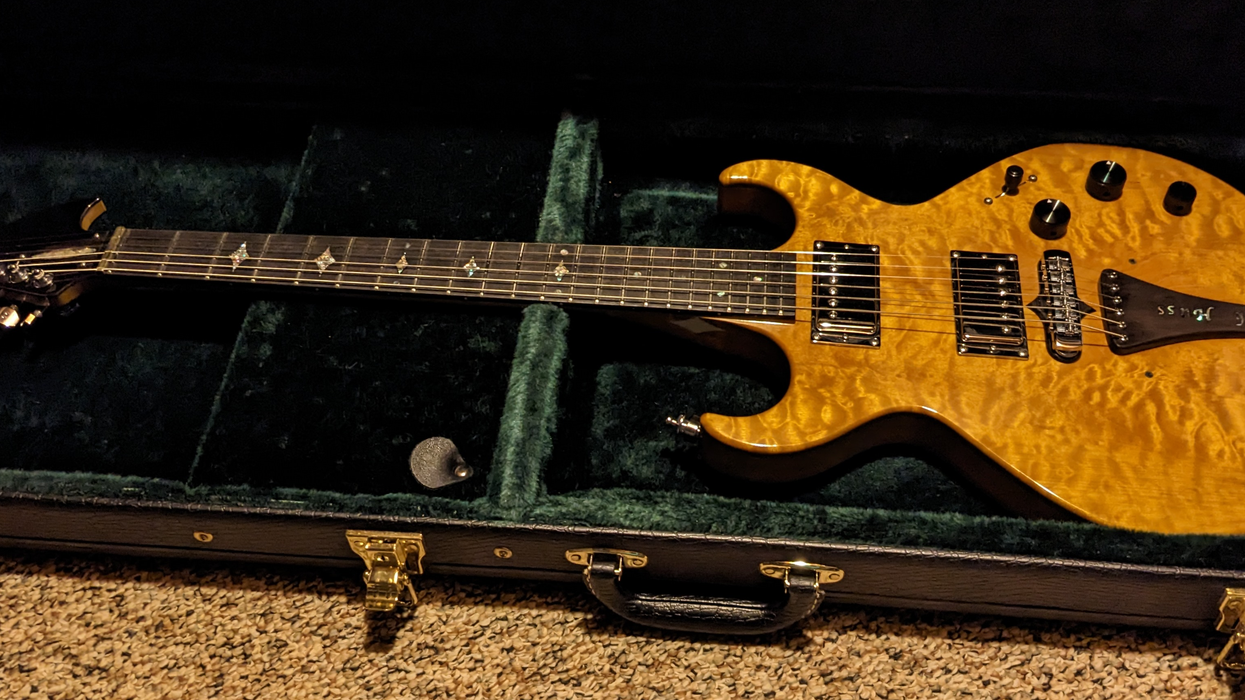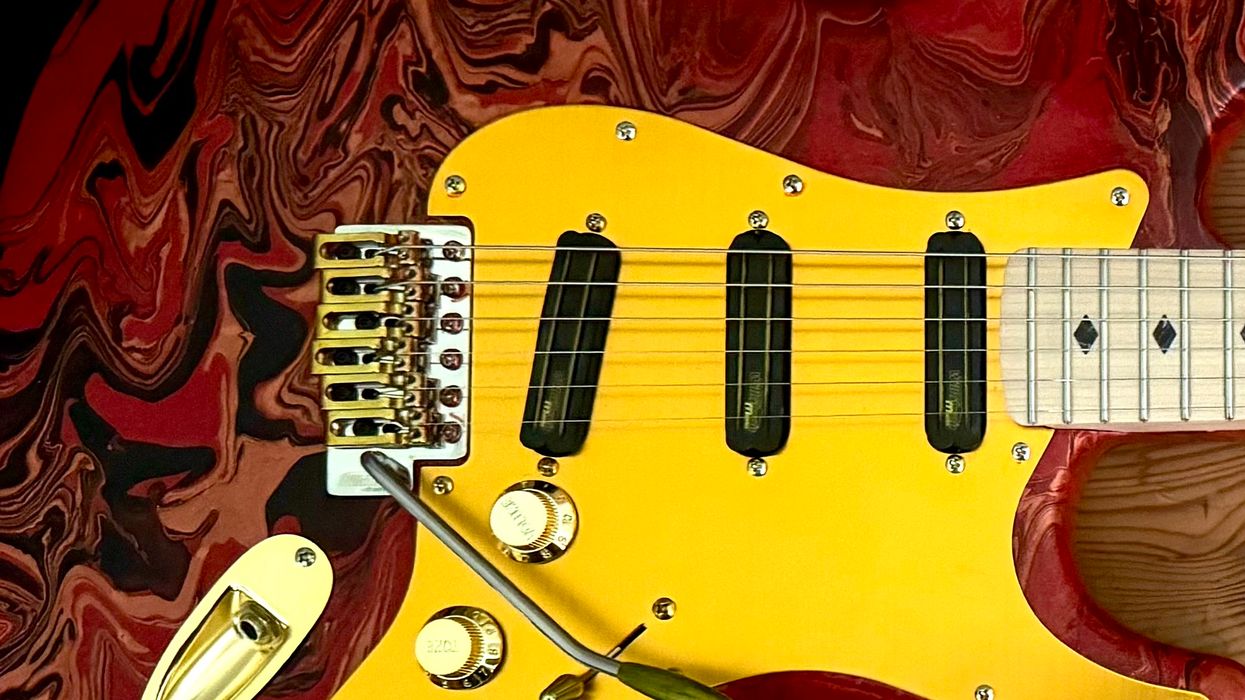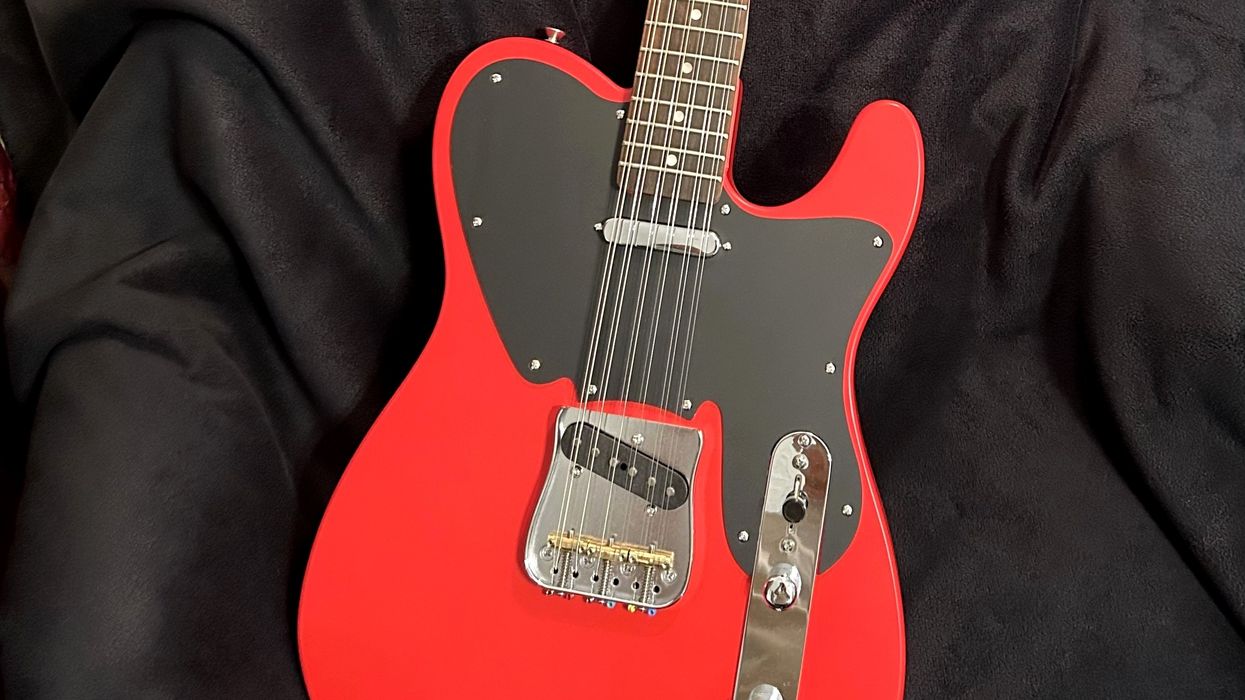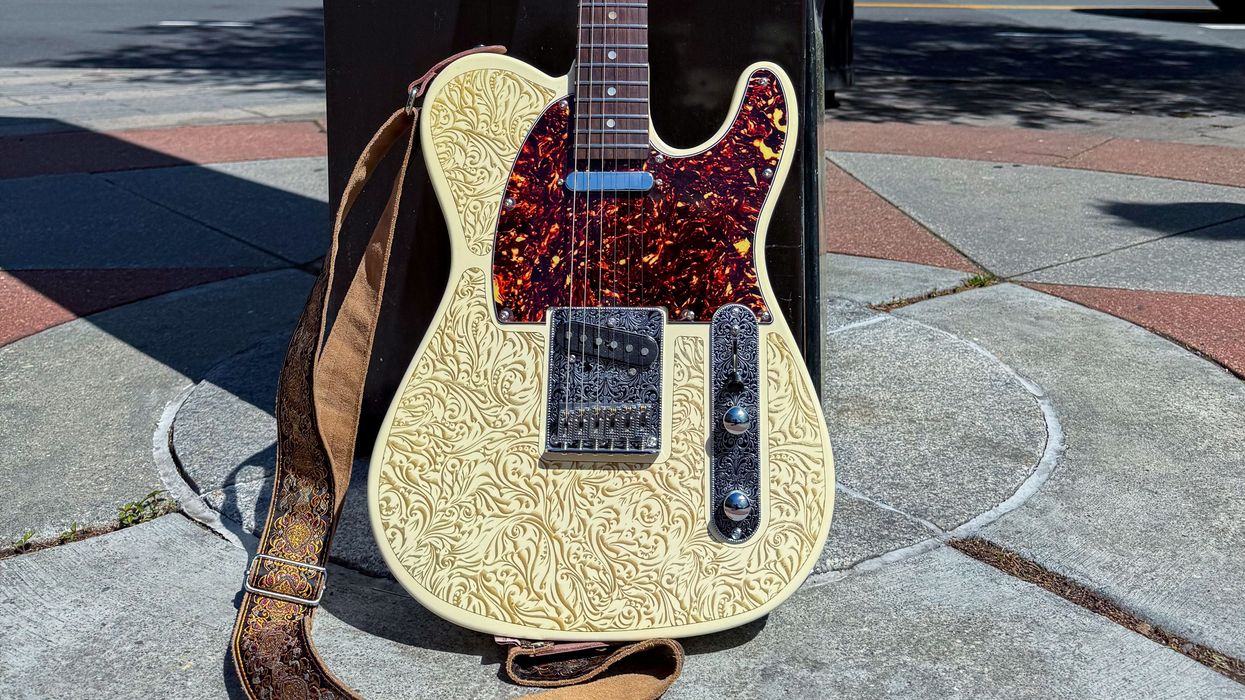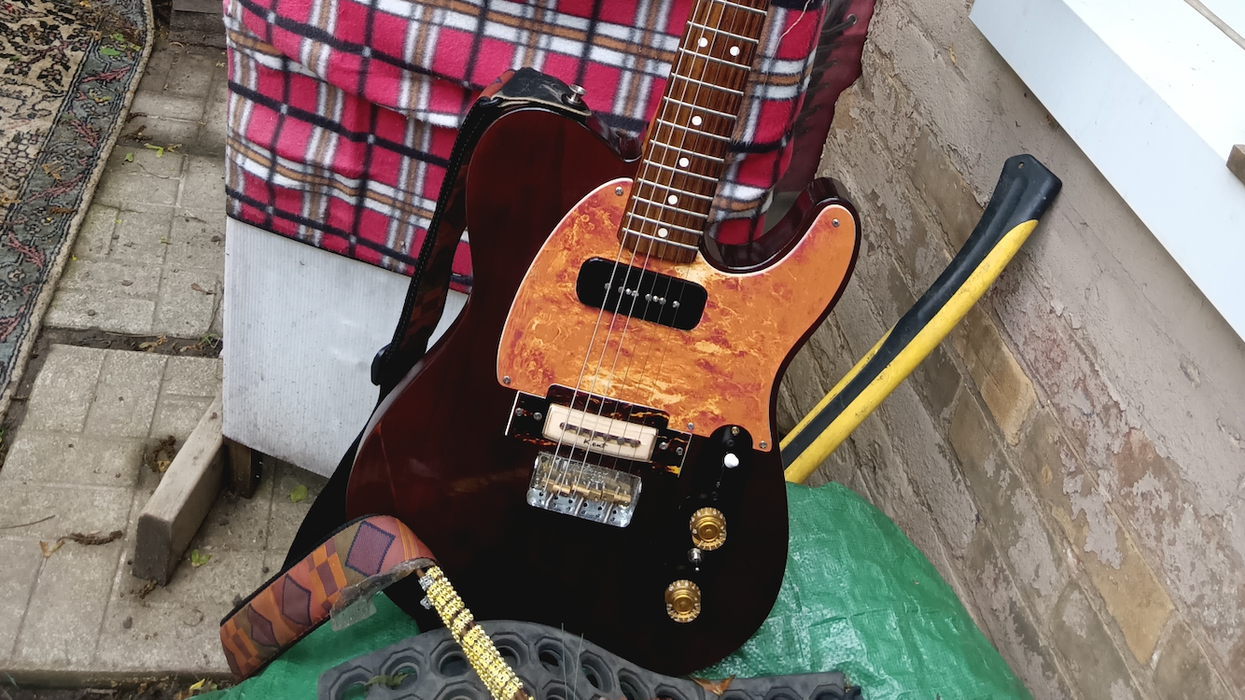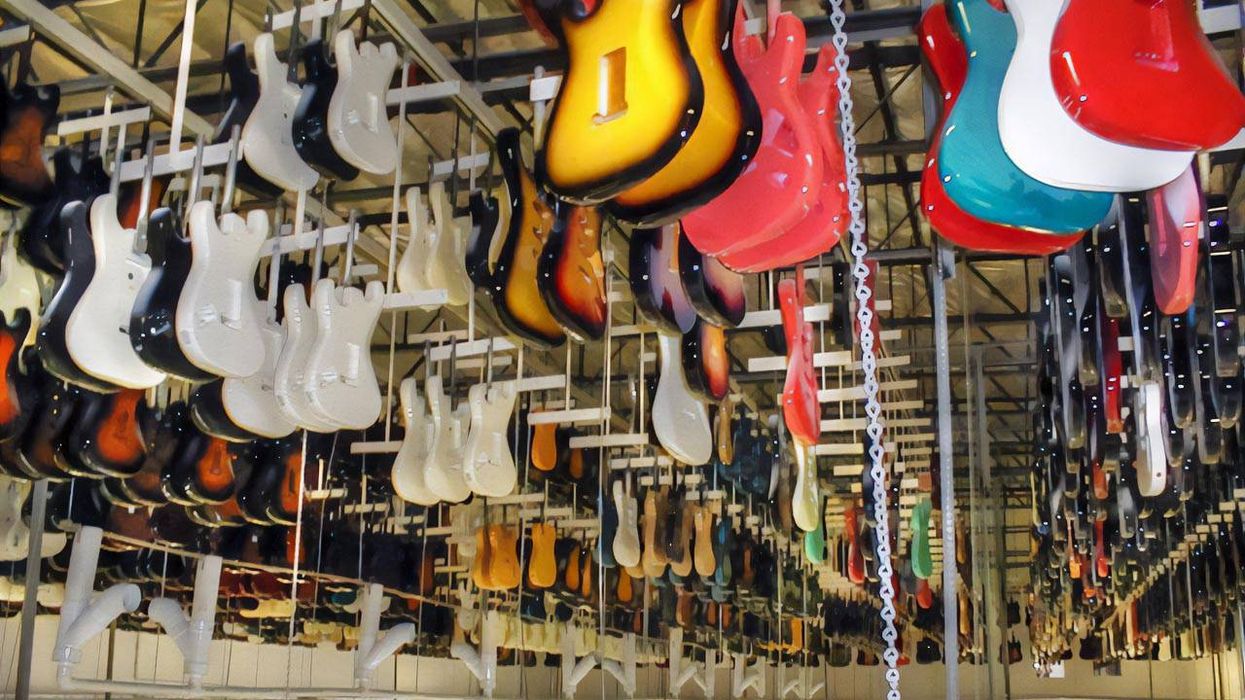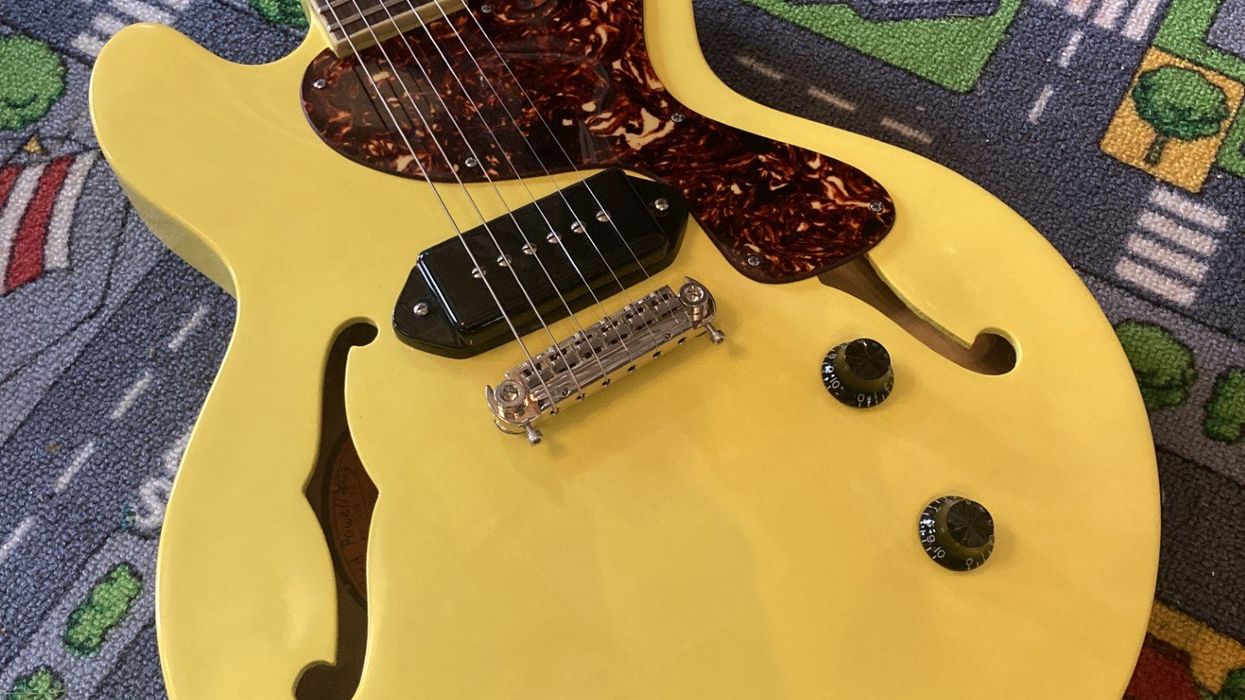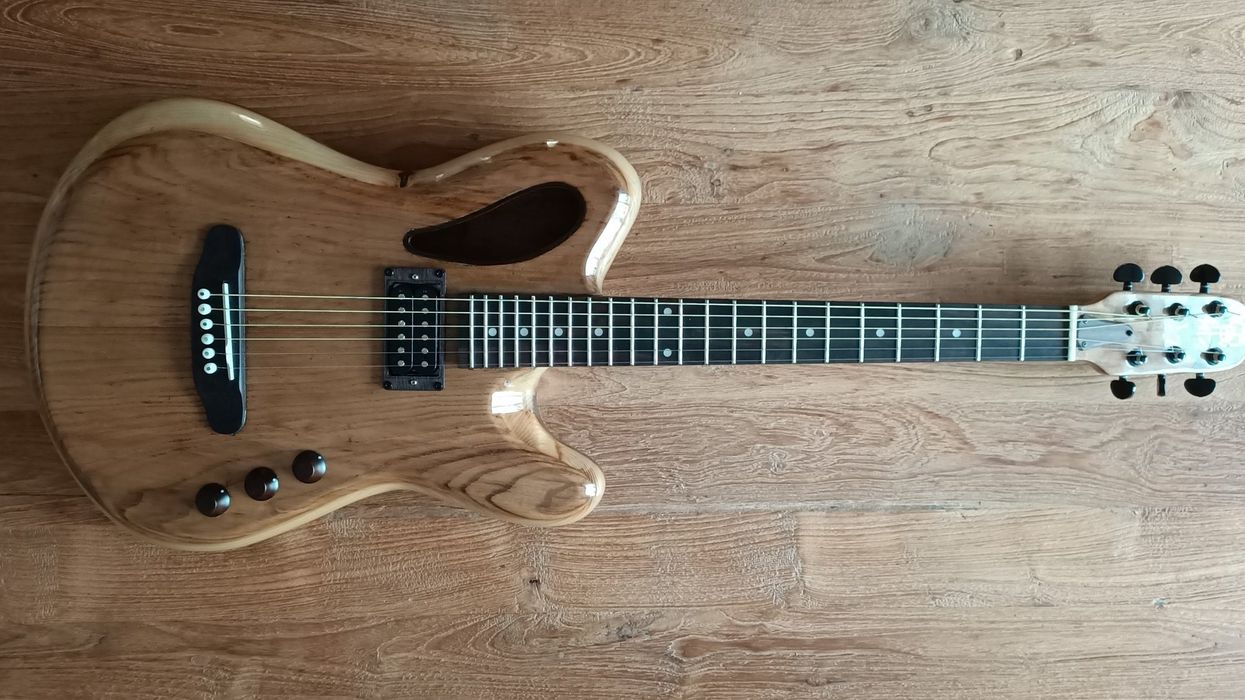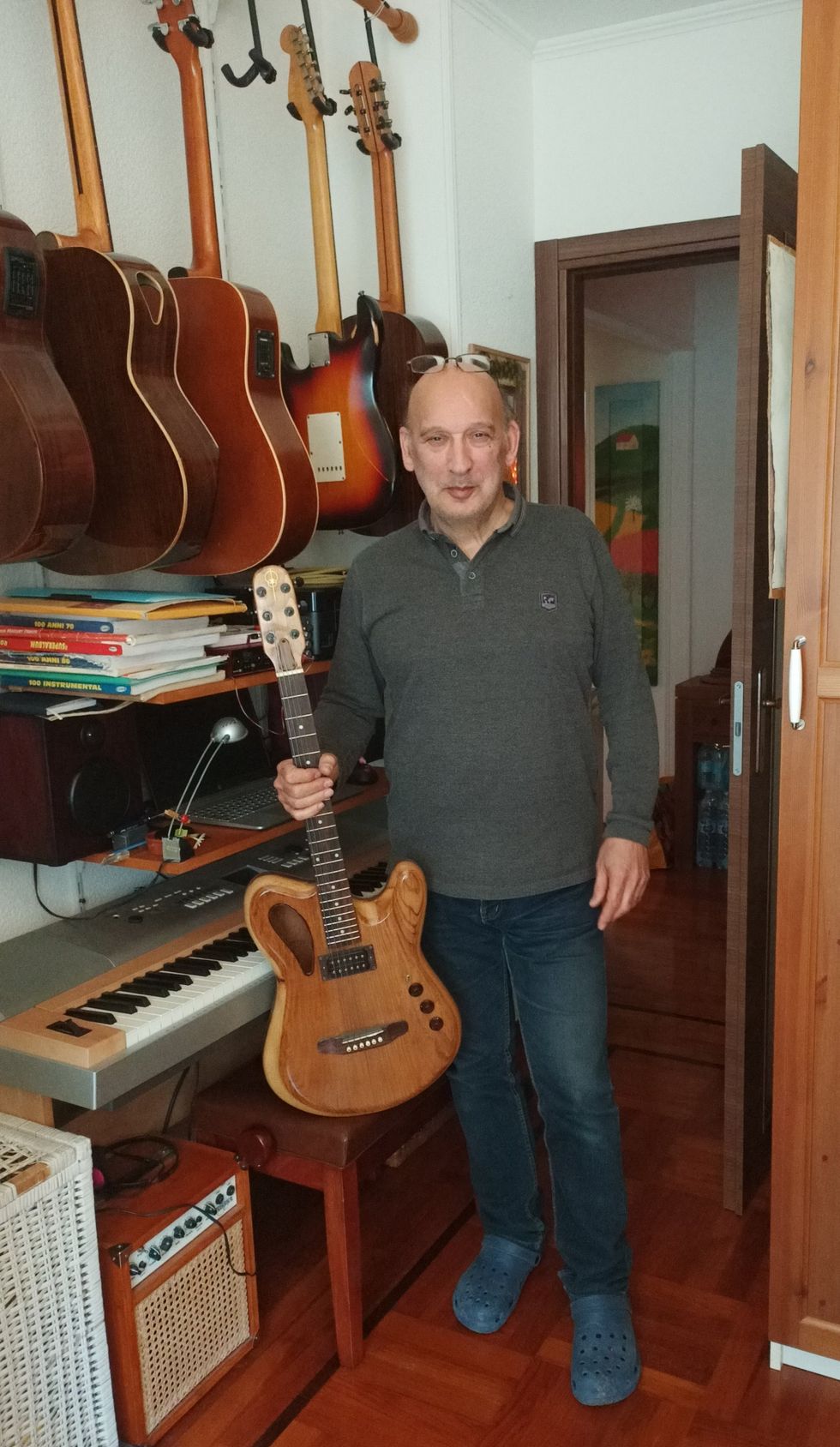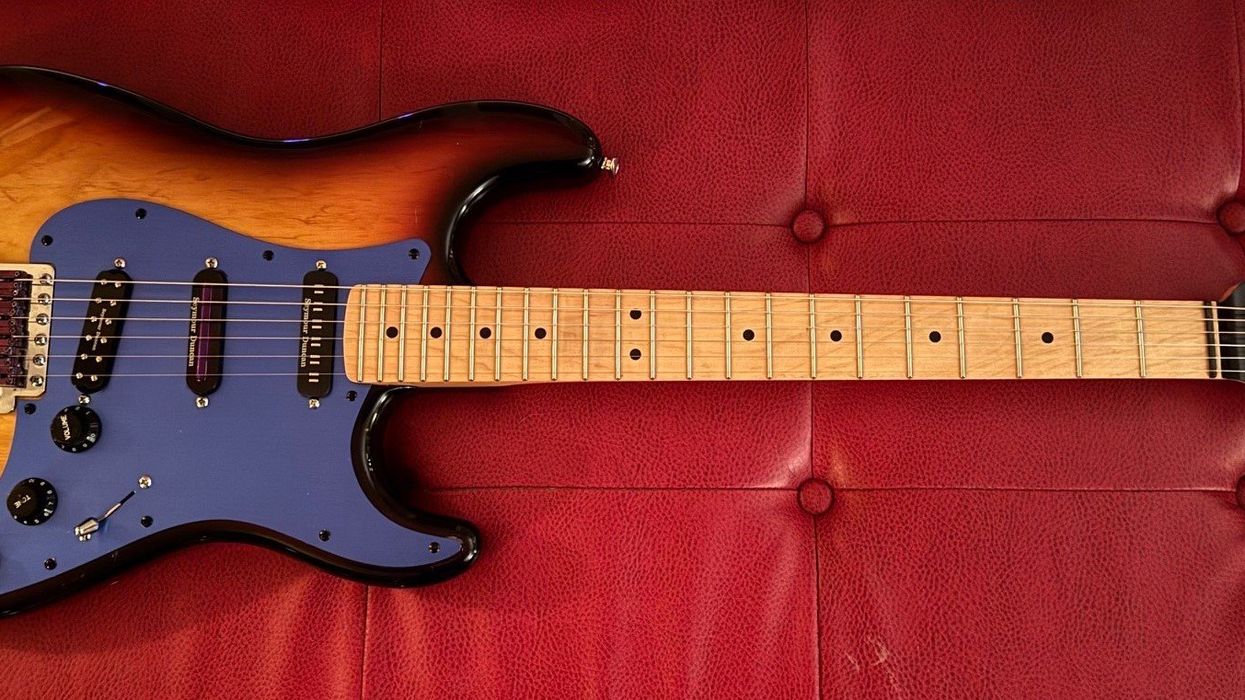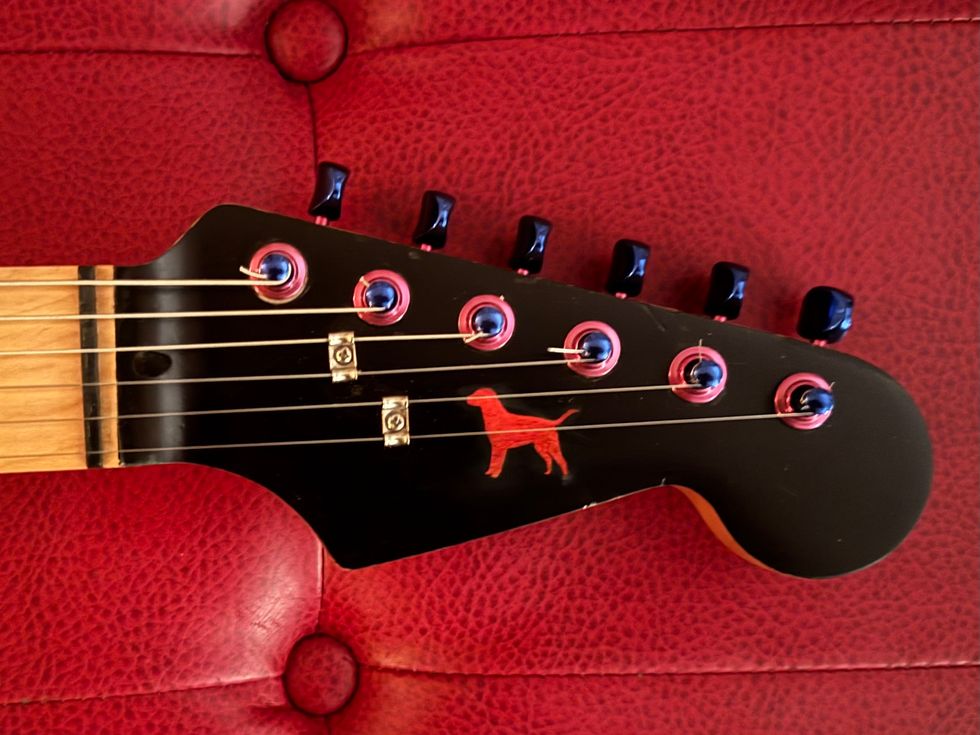May we all have friends like Ed Siccardi—along with a rare stash of tonewoods and inspiration to pay tribute to a legendary luthier.
I have too many guitars (like at least some of you I’m sure), but my current No. 1 is a custom guitar made for me by my friend Ed Siccardi. Ed is an interesting and talented fellow, a retired mechanical engineer who has amazing wood and metal shops in his basement. He also has an impressive collection of tonewoods, including rarities like African mahogany and some beautiful book-matched sets. He likes to build acoustic guitars (and has built 26 of them so far), but decided he wanted to make me an electric. The fruit of this collaboration was his Number 27, a Paul Bigsby tribute with a single-cut body—looking very much like what Bigsby made for Merle Travis. Note that Bigsby created this single-cut body and “Fender-style” headstock way before Gibson or Fender had adopted these shapes. This was a really nice guitar, but had some minor playing issues, so he made me another: Number 28.
Number 28 is another Paul Bigsby tribute, but is a double cutaway a la the Bigsby “Hezzy Hall” guitar. This guitar has a 5-ply solid body made of two layers of figured maple, cherry, swamp ash, and another layer of cherry. The wood is too pretty to cover up with a pickguard. The tailpiece is African ebony with abalone inlays and the rock-maple neck has a 2-way truss rod and extends into the body up to the bridge. It has a 14" radius and a zero fret. Therefore, there is no nut per se, just a brass string spacer. I really like zero frets since they seem to help with the lower-position intonation on the 3rd string. The fretboard is African ebony with abalone inlays and StewMac #148 frets. The peghead is overlaid front and back with African ebony and has Graph Tech RATIO tuners. The guitar has a 25" scale length and 1.47" nut spacing. There are two genuine ivory detail inlays: One each on the back of the peghead and at the base of the neck. The ivory was reclaimed from old piano keys.
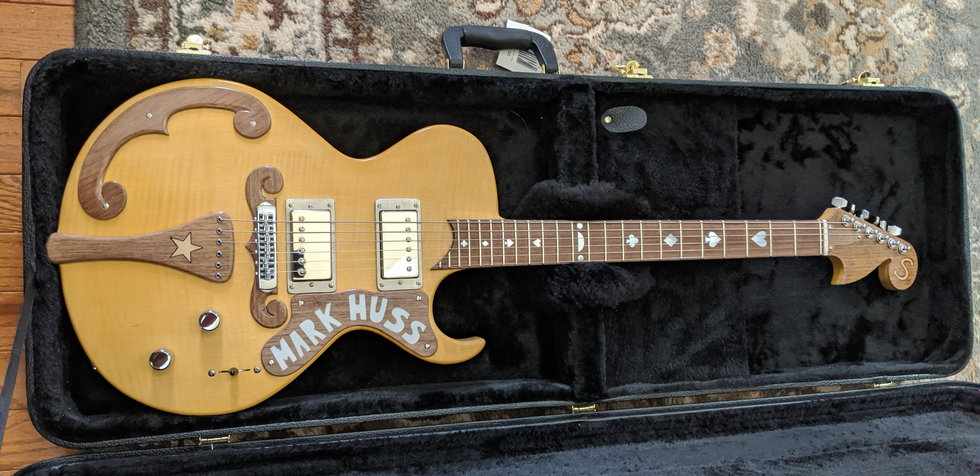
This is Number 27, 28’s older sibling and a single-cut Bigsby homage. It’s playing issues led to the creation of its predecessor.
I installed the electronics using my old favorite Seymour Duncan pairing of a JB and Jazz humbuckers. The pickup selector is a standard 3-way, and all three 500k rotary controls have push-pull switches. There are two volume controls, and their switches select series or parallel wiring for their respective pickup coils. The switch on the shared tone control connects the bridge pickup directly to the output jack with no controls attached. This configuration allows for a surprisingly wide variety of sounds. As an experiment, I originally put the bridge volume control nearest the bridge for “pinky” adjustment, but in practice I don’t use it much, so I may just switch it back to a more traditional arrangement to match my other guitars.
